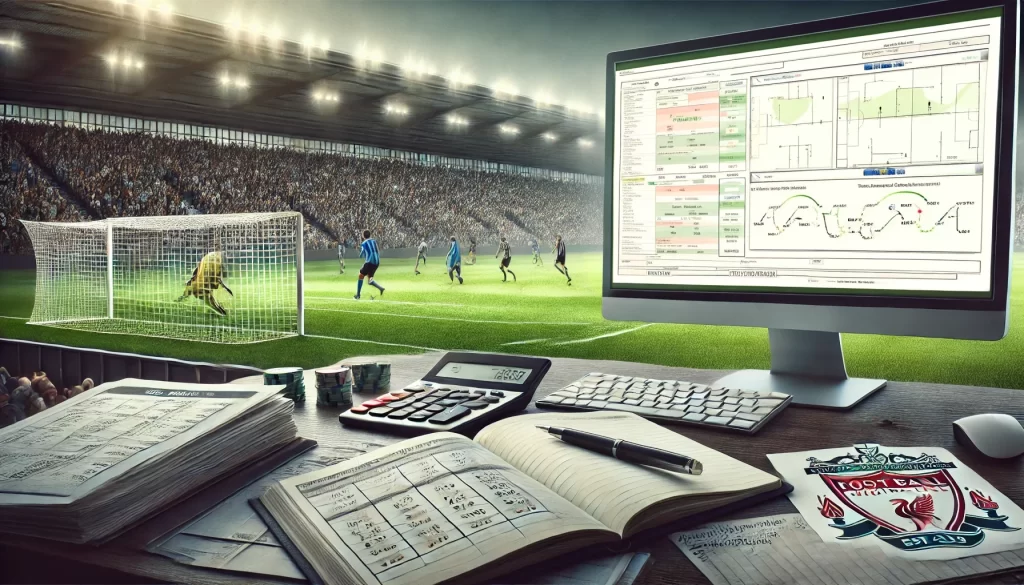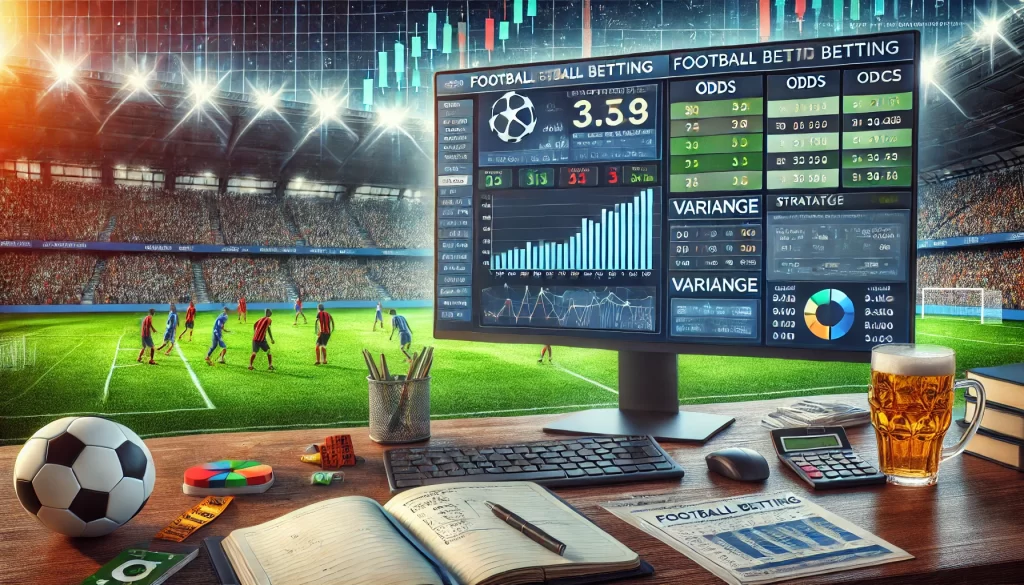Time management is one of the biggest challenges in football live trading. With the fast-paced nature of in-play betting, traders often feel overwhelmed, miss key opportunities, or make mistakes due to time pressure. In this article, we’ll explore the frustration of poor time management, the desire for more time to trade successfully, and the fear of making costly errors due to poor timing or execution.
Introduction: The Speed of Live Football Trading
Live football trading offers thrilling opportunities for profit, but it’s also a high-pressure environment where decisions must be made quickly. A goal, red card, or penalty can change everything in a matter of seconds, and traders who aren’t prepared can miss out on profitable moments or make poor decisions in the heat of the action.
This post will help you improve your time management during live trading, stay calm under pressure, and make timely decisions without rushing.
Frustration: Poor Time Management with Live Trading
In-play trading demands fast reactions, which makes it easy to feel like you’re constantly chasing the game. Bettors who struggle with time management often miss opportunities or make rushed decisions that lead to losses.
Why Is Time Management So Difficult in Live Trading?
- Rapid Changes in Odds: Live betting markets shift quickly in response to events on the pitch. Traders need to act fast to capture value before odds change.
- Emotional Pressure: The excitement of live trading can lead to emotional decisions. Whether you’re trying to chase a loss or secure a profit, emotions can cloud judgment and lead to poor timing.
- Multitasking: Watching the game, monitoring the odds, and deciding when to place or exit a trade can become overwhelming, especially when multiple games are happening simultaneously.
How to Improve Time Management in Live Trading
- Focus on One Game at a Time: While it’s tempting to trade multiple games at once, focusing on one game allows you to manage your time and attention more effectively. You’ll be more in tune with the game flow and less likely to miss key moments.
- Predefine Entry and Exit Points: Before the match starts, set clear rules for when you’ll enter and exit trades. For example, you might decide to lay the draw after 30 minutes if no goals have been scored, or back the favourite if they concede an early goal. Having these rules in place saves time and reduces the pressure to make decisions on the fly.
- Use Betting Automation: Consider using automated trading software that can execute trades based on pre-defined conditions. This removes the need for constant monitoring and ensures that you don’t miss opportunities while managing other aspects of the trade.
- Take Breaks Between Markets: Don’t rush from one market to the next without pausing. After exiting a trade, take a moment to evaluate the situation before moving to the next opportunity. This helps avoid rash decisions and gives you time to review your strategy.
Desire: More Time to Trade Successfully
One of the main desires for live traders is to feel like they have more time to make decisions and successfully execute their trades. The fast pace of live trading doesn’t have to lead to rushed decisions, and with the right approach, you can feel more in control of your time.
How to Create More Time in Live Trading
- Plan Ahead: Before each match, analyze the teams, their form, and possible game scenarios. This preparation helps you anticipate key moments in the game and plan your trades in advance.
- Simplify Your Strategy: Complex strategies take more time to execute and leave you more vulnerable to missing key moments. Simplify your live trading strategy to just a few steps or signals. This gives you more time to focus on key decision points rather than trying to track too many variables.
- React to Key Moments Only: Not every moment in a match requires a trade. Learn to recognize and focus only on pivotal moments, such as goals, red cards, or tactical changes, where the odds will shift significantly. This approach reduces stress and helps you maximize your time.
- Use Stop-Loss and Take-Profit Levels: Pre-set your stop-loss and take-profit levels so you don’t have to constantly monitor every second of the game. This allows you to focus on the bigger picture and execute trades at the right moment without getting distracted by minor fluctuations.
Benefits of Feeling in Control of Time
- Less Stress: By planning ahead and simplifying your approach, you’ll feel less rushed and more in control during live trading. This reduces the stress that comes from having to make quick decisions without enough time to think.
- More Confident Decisions: Knowing that you’ve prepared and set clear rules gives you confidence in your trades. You’ll trust your process and avoid the fear of missing out on opportunities or making mistakes due to rushed decisions.
Fear: Making Errors Due to Poor Timing or Execution
The fear of making errors in live trading is real. One wrong move at the wrong time can turn a profitable position into a losing one. Whether it’s executing a trade too late or closing a trade too early, these timing errors can be costly.
Common Timing Errors in Live Trading
- Exiting Too Soon: Many traders panic and exit a trade early, especially if the odds shift against them slightly. However, if you exit too soon, you miss out on the full profit potential of the trade.
- Hesitating on Entry: Timing is crucial in live betting. If you hesitate when a goal is scored or a red card is issued, you can miss the best odds or enter the market too late.
- Chasing the Market: Chasing a market happens when traders try to recover losses or jump into a moving market without a clear plan. This often leads to poor timing and losses.
How to Minimize Timing Errors
- Set Realistic Goals: Don’t aim for perfection in live trading. Accept that you won’t always get the best odds or make the perfect trade. Instead, focus on consistent, well-timed trades that align with your strategy.
- Practice with Simulations: Before going live, practice your trades using a trading simulator or by paper trading (tracking hypothetical trades without real money). This builds confidence and improves your timing in real-time situations.
- Limit Distractions: In live trading, distractions can be costly. Ensure that your trading environment is free from interruptions so you can focus solely on the game and the market.
- Use Partial Cash-Outs: If you’re unsure about timing, consider using partial cash-outs. This allows you to lock in some profits while keeping part of the trade open, reducing the pressure to make an all-or-nothing decision.
Conclusion: Time Management Is Key to Successful Live Trading
Live football trading can be fast and intense, but with the right time management skills, you can stay ahead of the game. By planning your trades, simplifying your approach, and minimizing timing errors, you can trade more effectively and reduce the stress of in-play decisions.
Mastering time management will give you more control, help you avoid rushed decisions, and increase your chances of success in live trading. It’s not about reacting faster—it’s about reacting smarter.
Actionable Tips for Traders:
- Predefine your trades: Plan your entry and exit points before the match begins to save time and reduce pressure.
- Use automated tools: Automate your trades when possible to avoid missing key moments or making rushed decisions.
- Limit your focus: Focus on one game at a time and only react to key moments for better time management.


